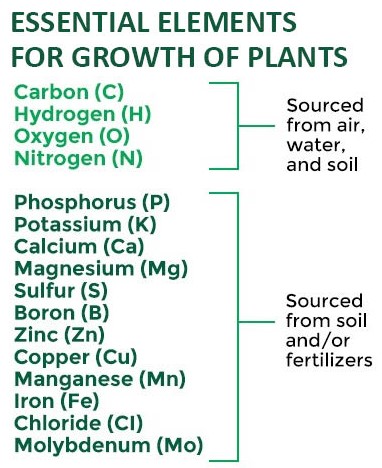CONTENTS
- National Ayush Mission (NAM)
- Nutrient Based Subsidy (NBS)
National Ayush Mission (NAM)
Focus: GS II: Government Policies and Interventions
Why in News?
Ministry of Ayush is organising a two days National Ayush Mission Conclave in New Delhi.
About the National Ayush Mission:
- Launched in 2014 under the Department of AYUSH, Ministry of Health and Family Welfare.
Mission Objective:
- Enhance availability, accessibility, and quality of Ayush healthcare services across the country.
- Implemented through Ayush Health Wellness centers (AHWCs) as part of Ayushman Bharat scheme.
Mandatory Components:
- AYUSH Services
- AYUSH Educational Institutions
- Quality Control of ASU & H Drugs
- Medicinal Plants
Approval and Implementation:
- Union Cabinet has approved the operationalization of 12,500 Ayush HWCs.
- Existing Ayush Dispensaries/Health Sub-centers will be upgraded through State/UT Governments.
- Phased implementation under the Centrally Sponsored Scheme.
Resource Allocation Framework:
AYUSH Services, Educational Institutions, and Quality Control of ASU & H Drugs:
- Special Category states: 90% grant-in-aid from the Government of India, 10% State contribution.
- Other States/UTs: Sharing pattern of 75% from the Government of India, 25% from the State.
Medicinal Plants:
- Central Government finances 100% in North Eastern and hilly states.
- Other states: Sharing ratio of 90:10 between the Center and the State.
Benefits
- Enhanced accessibility to achieve universal health coverage for affordable treatment.
- Reduced burden on secondary and tertiary health care facilities
- Reduced out of pocket expenditure due to “self-care” model.
- Integration of AYUSH in implementation of SDG 3, as mandated by NITI Aayog
- Validated holistic wellness model in target areas.
Nutrient Based Subsidy (NBS)
Focus: GS-III: Agriculture
Why in News?
Recently, The Union Cabinet has approved the proposal of the Department of Fertilizers for revision in Nutrient Based Subsidy (NBS) rates for various nutrients for Rabi Season and Kharif Season 2023.
About Nutrient-Based Subsidy Regime
- Under the Nutrient-based subsidy (NBS) regime – fertilizers are provided to the farmers at the subsidized rates based on the nutrients (N, P, K & S) contained in these fertilizers.
- Also, the fertilizers which are fortified with secondary and micronutrients such as molybdenum (Mo) and zinc are given additional subsidy.
- Under the Nutrient-based subsidy (NBS) regime, the subsidy on Phosphatic and Potassic (P&K) fertilizers is announced by the Government on an annual basis for each nutrient on a per kg basis – which are determined taking into account the international and domestic prices of P&K fertilizers, exchange rate, inventory level in the country etc.
- NBS policy intends to increase the consumption of P&K fertilizers so that optimum balance (N:P:K= 4:2:1 ) of NPK fertilization is achieved.
- This would improve soil health and as a result the yield from the crops would increase resulting in enhanced income to the farmers.
- Also, as the government expects rational use of fertilizers, this would also ease off the burden of fertilizer subsidy.
- It is being implemented from April 2010 by the Department of Fertilizers, Ministry of Chemicals & Fertilizers.

Issues Related to NBS
- Urea is left-out in the scheme and hence it remains under price control as NBS has been implemented only in other fertilizers.
- There is an imbalance as the price of fertilizers (other than urea) — which were decontrolled have gone up from 2.5 to four times during the 2010-2020 decade. However, since 2010, the price of urea has increased only by 11%. This has led to farmers using more urea than before, which has further worsened fertilizer imbalance.
- Considering that fertilizer subsidy is the second-biggest subsidy after food subsidy, the NBS policy is not only damaging the fiscal health of the economy but also proving detrimental to the soil health of the country.
- Subsidised urea is getting diverted to bulk buyers/traders or even non-agricultural users such as plywood and animal feed makers. It is being smuggled to neighbouring countries like Bangladesh and Nepal.





